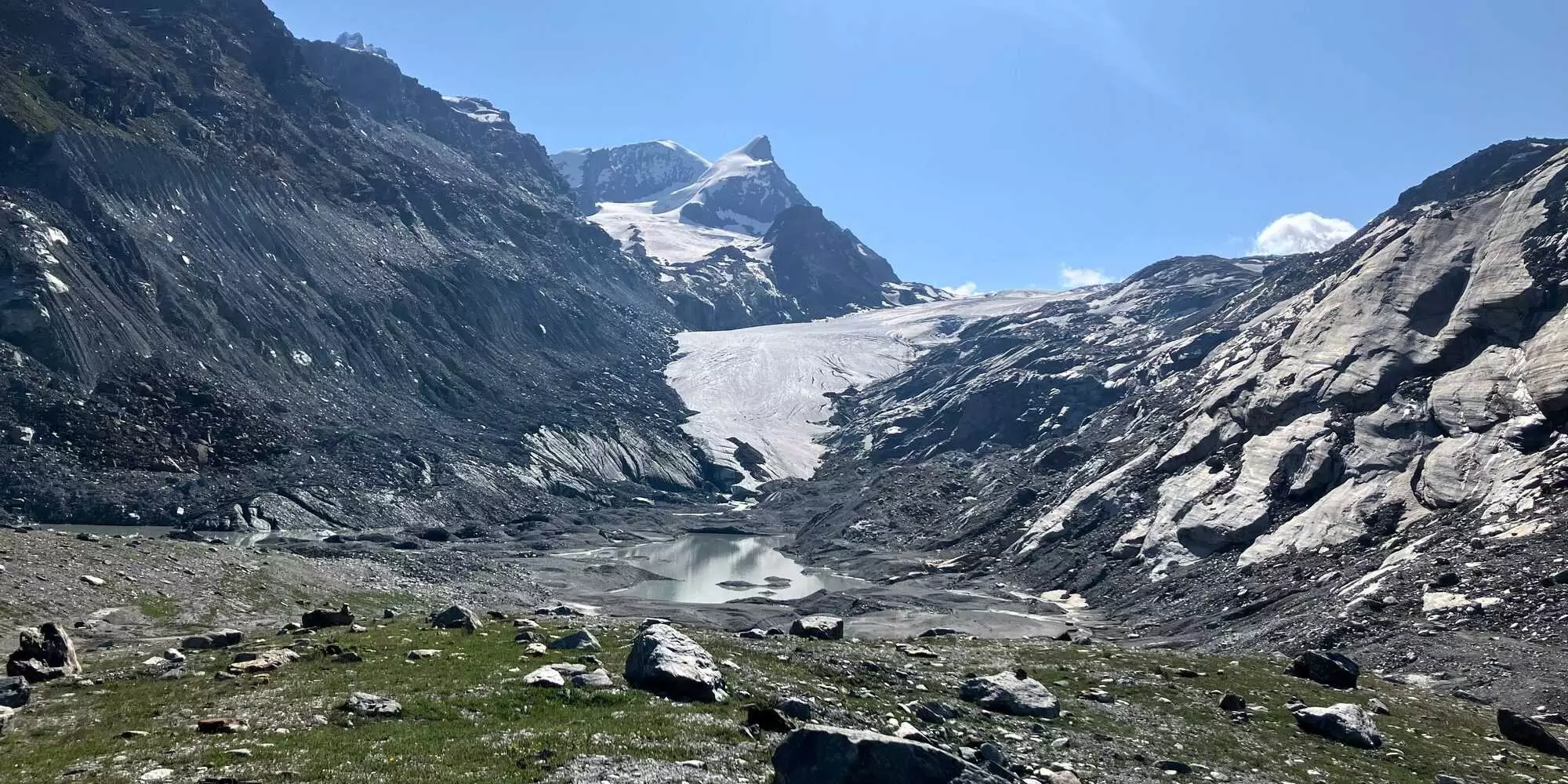Mountains have long been considered the world’s natural water towers, channeling various sources of fresh water to ecosystems and human settlements alike. Their intricate water cycles, however, are far more complex than conventional wisdom has allowed. An insightful Perspective Paper recently published in *Nature Water* highlights the often-neglected relationship between cryosphere dynamics—specifically glaciers and snow—and groundwater systems. Traditional models have largely bypassed these crucial interactions, leading to potential inaccuracies in forecasting water availability in mountainous regions, especially as climate change accelerates.
One might wonder why this issue matters. At its core, understanding mountain hydrology has profound implications for managing vital water resources. With millions dependent on these high-altitude supplies for agriculture, drinking, and industry, gaining a nuanced grasp of how cryosphere components interact with groundwater is essential not merely for scientists but also for policymakers and local communities.
The Critical Role of Glacier Meltwater
At the forefront of this investigation are the crucial contributions of glacier and snowmelt to the water balance in mountainous terrains. This seasonal thawing is pivotal for replenishing water resources during the warmer months when they are most needed. However, Marit van Tiel, the lead researcher on the new study, notes a significant gap in understanding how this meltwater partitions between flowing directly into rivers or infiltrating deeper into the ground to recharge groundwater.
This bifurcation is critical because it not only affects water availability at different elevations but can also have cascading effects downstream. This is where the story of sustainability becomes vital; if we do not fully comprehend how meltwater travels and interacts within our water systems, we may be unable to create effective management strategies that meet both community and ecological needs.
The Challenges of Measuring Connectivity
One of the foremost challenges the researchers faced involves the inherent difficulties in measuring groundwater systems within remote mountain settings. Due to terrain and logistical constraints, traditional measurement approaches often fall short, prompting the need for alternative methodologies. Unfortunately, many of these techniques tend to be highly localized, making comprehensive comparisons across different studies problematic.
The scientific community is left grappling with questions that could reshape our understanding of mountain water flows: At what scales do cryosphere-groundwater interactions truly matter—both spatially and temporally? How does the timing of glacier melt influence the availability of groundwater, and where does it emerge? Answers to these questions could be foundational for sustainable water management practices that account for the changing climate.
The Urgent Need for Integrated Research
In an age where climate change poses unprecedented threats to natural water resources, the authors emphasize the urgent necessity for interdisciplinary research. The connection between the cryosphere and groundwater systems must be examined through a holistic lens, combining insights from glaciology, hydrogeology, and climate sciences.
By embracing a more integrated approach, scientists can begin to unravel the complex tapestry of how meltwater interacts with both surface and subterranean environments. This understanding can empower water managers and local communities to devise strategies that would not only protect water supplies but also ensure their sustainable use amidst ever-evolving climate conditions.
Implications of Ignoring the Cryosphere-Groundwater Link
Failing to account for the interrelatedness of cryosphere dynamics and groundwater presents alarming implications. With global warming predicted to accelerate glacier retreat and alter precipitation patterns, a disjointed view may lead to catastrophic water shortages, especially in regions reliant on timely meltwater releases. If scientists overlook these critical relationships, policy frameworks might become rigid and unresponsive, ill-prepared to address emerging hydrological realities.
To navigate these future challenges, the necessity for forward-thinking research agendas rooted in cryosphere-groundwater interconnectivity is more pressing than ever. As the scholarly community endeavors to chart the intricacies of mountain water cycles, we must also foster dialogue with local stakeholders, ensuring that scientific advancements translate into actionable solutions on the ground.
Unlocking the full potential of mountain hydrology requires a paradigm shift toward recognizing the vital interplay between the cryosphere and groundwater systems. Only through dedicated, integrated investigation can we hope to address current and future water management challenges, ensuring that these indispensable resources remain available for generations to come.

